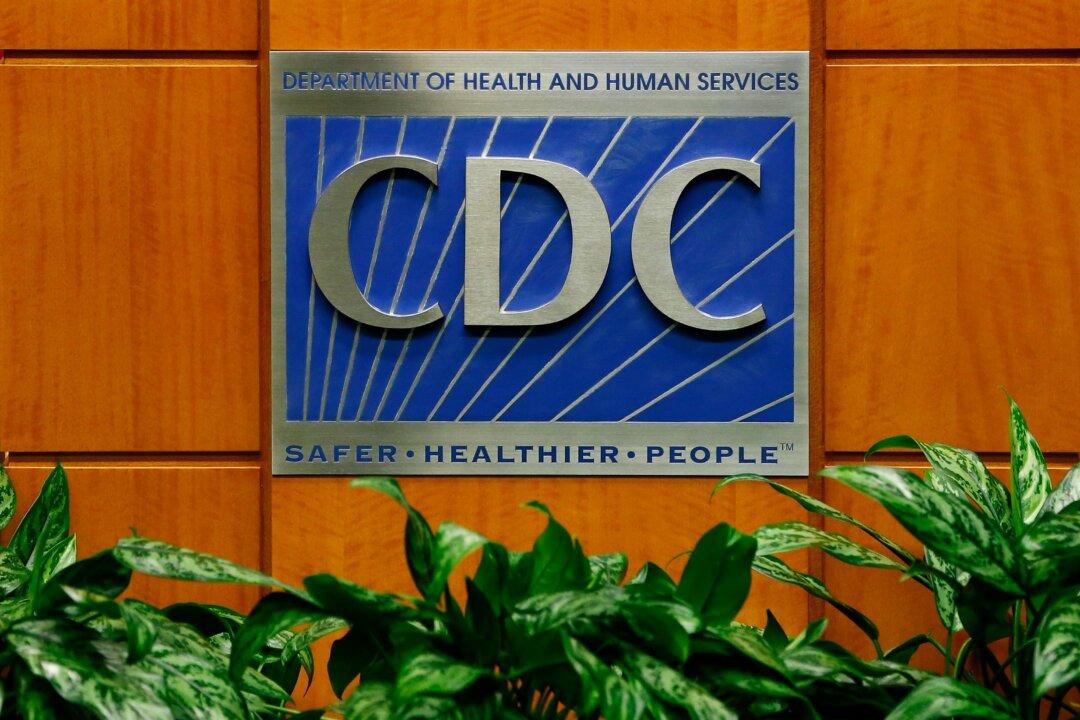Two children recently died in Colorado after they were reported to have invasive group A strep (Streptococcus), a bacterial infection, following a recent announcement by the Centers for Disease Control and Prevention (CDC) flagging a “possible increase” in such infections among children in the United States.
“CDC is looking into a possible increase in invasive group A strep (iGAS) infections among children in the United States. iGAS infections include necrotizing fasciitis and streptococcal toxic shock syndrome,” the announcement, last updated on Dec. 7, reads.




